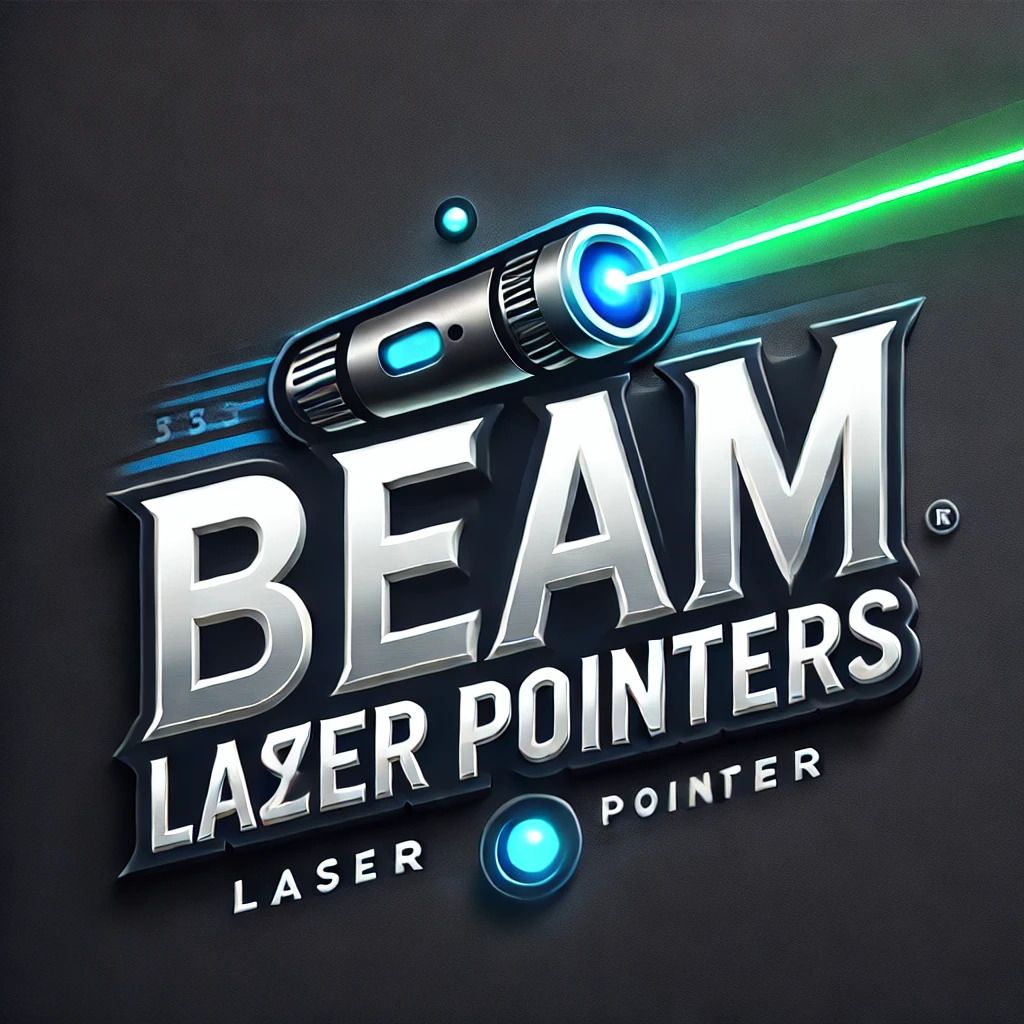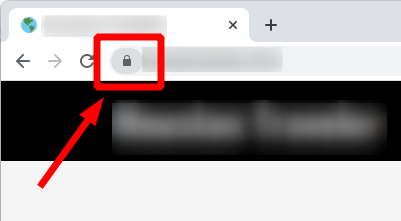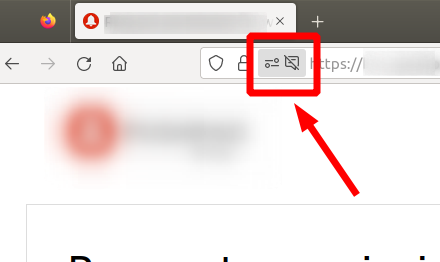
Global trends in laser pointer regulations
Key Takeaways
- Different countries have varying regulations regarding laser pointer usage and safety standards.
- Safety guidelines focus on power limits, colors, and usage in public spaces.
- Understanding local regulations can prevent legal issues for consumers and businesses alike.
- Technological advancements often drive the need for new regulations.
- Education on safety practices is crucial for all laser pointer users.
As laser pointers have become more common in various applications, from presentations to astronomy, it is vital to understand the regulations governing their use worldwide. Different countries have implemented unique safety standards and guidelines to ensure effective and safe use of these devices. This article will explore the varying global regulations surrounding laser pointer usage and offer insights into the factors influencing these trends.
Understanding laser pointer regulations
Laser pointers are classified based on their power output, color, and intended use. The regulations often arise from concerns about safety, misuse, and technological advancements. Regulations can vary significantly from one country to another, with some being more stringent than others.
Power levels and usage restrictions
One of the primary factors in laser regulation is the power level of the device. Many countries have set specific limits on the maximum output of laser pointers, typically measured in milliwatts (mW). Here's a breakdown of regulations regarding power levels in different regions:
| Region | Max Power (mW) | Usage Restrictions |
|---|---|---|
| United States | 5 mW | Used primarily for presentations and pet toys; restricted in public areas. |
| European Union | 1 mW - 5 mW | Strict regulations on sales; often requires warnings and guidelines for use. |
| Australia | 1 mW | Legal restrictions in public places; must have safety features and labels. |
| Canada | 5 mW | Mandatory compliance with safety standards; enforcement varies by province. |
Color considerations in regulations
Color is another aspect of laser pointer regulations; some colors can be more dangerous than others. For example, green laser pointers are typically perceived as more powerful and can reach further distances, leading to stricter regulations in some countries. Here’s an overview of common laser pointer colors and their associated risks:
- Green: Visible and more intense; commonly used but often regulated due to safety concerns.
- Red: Generally safer and less restricted; often used in household and pet toys.
- Blue/Violet: Increasingly popular but can have strict regulations due to their intensity.
Regulatory bodies and their roles
Various bodies oversee the regulations and standards related to laser pointers globally. These organizations play a crucial role in ensuring compliance and handling the evolving nature of laser technology. Here are some major regulatory bodies:
| Organization | Region | Responsibilities |
|---|---|---|
| FDA (Food and Drug Administration) | United States | Sets standards for laser products and oversees their safety. |
| IEC (International Electrotechnical Commission) | International | Develops international standards for electrical and electronic devices, including lasers. |
| ACCC (Australian Competition and Consumer Commission) | Australia | Regulates consumer safety; restricts sale of high-powered lasers. |
| Health Canada | Canada | Monitors and enforces safety standards for health-related products, including lasers. |
The impact of technological advancements
The rapid evolution of laser technology impacts regulations. New designs and features may introduce unforeseen risks, prompting regulatory bodies to adapt existing rules. Manufacturers of laser pointers are often required to stay ahead of these changes to remain compliant with safety protocols.
Emerging trends in laser pointer technology
- Rechargeable options: With the growing focus on sustainability, many manufacturers are moving towards rechargeable batteries, which may prompt new recommendations for safe usage.
- Adjustable focus: Models with adjustable focus can benefit users but may also pose risks if not used correctly, influencing regulation.
- Smart features: Lasers with built-in safety alerts and controls could change how regulations are written in the future.
Conclusion
As laser pointer technology continues to grow, so too do the regulations that govern their use. Understanding the global landscape of these regulations is crucial for consumers, manufacturers, and professionals alike. Compliance not only guarantees safety but also promotes innovative advancements in the industry. Regular updates and education about laser pointer usage are necessary to mitigate risks and enhance user experiences. For further information, you may want to check our articles on buying guides and educational resources for more insights into the laser pointer niche.



